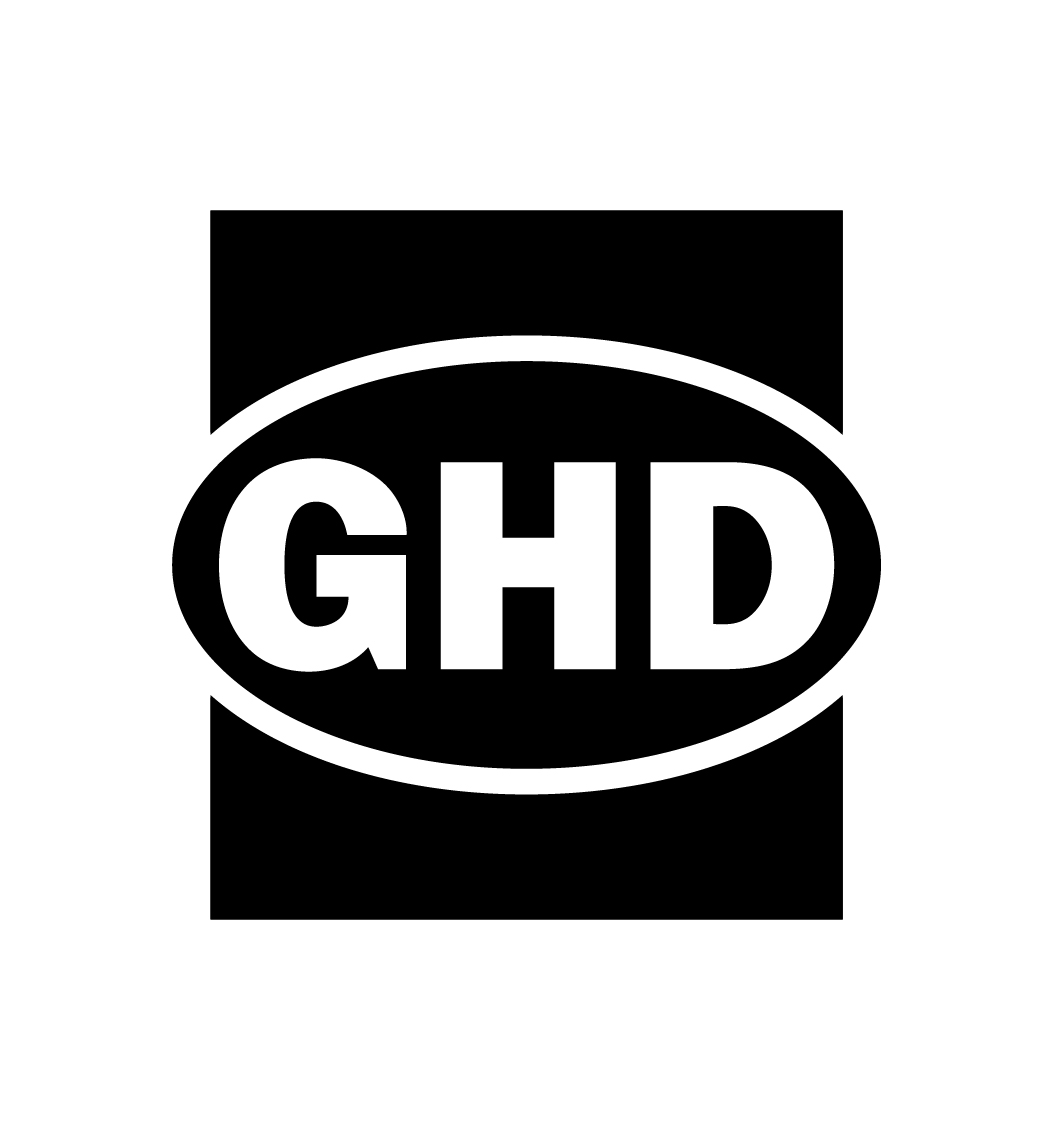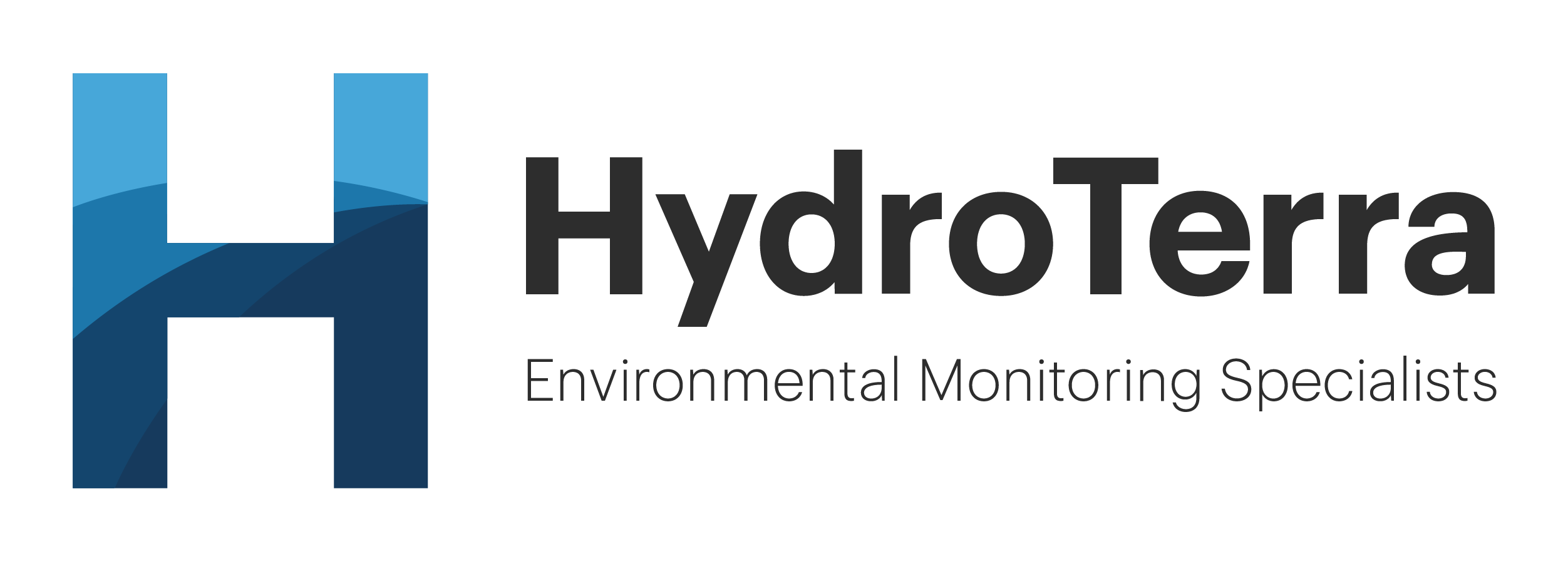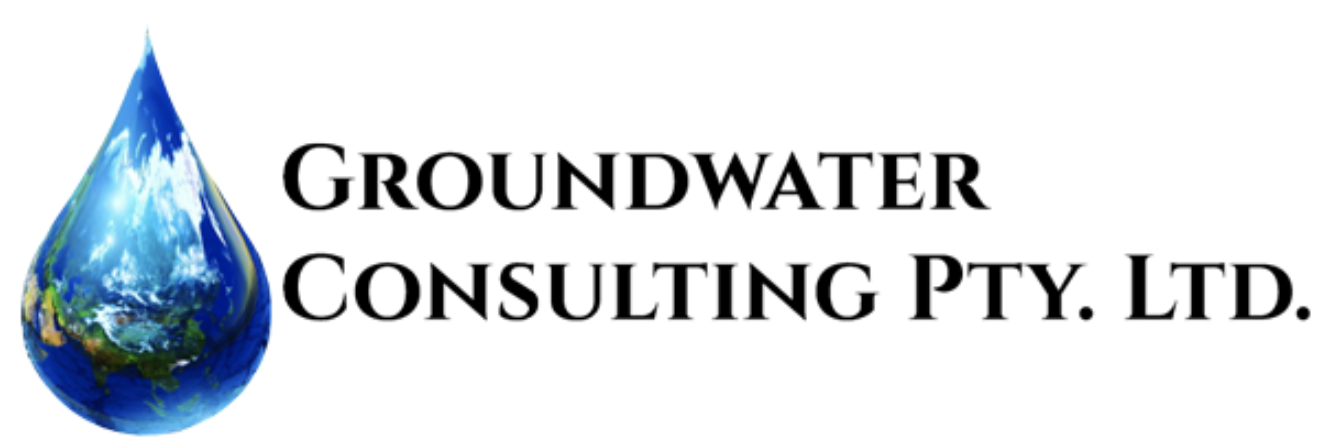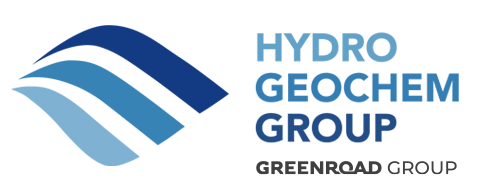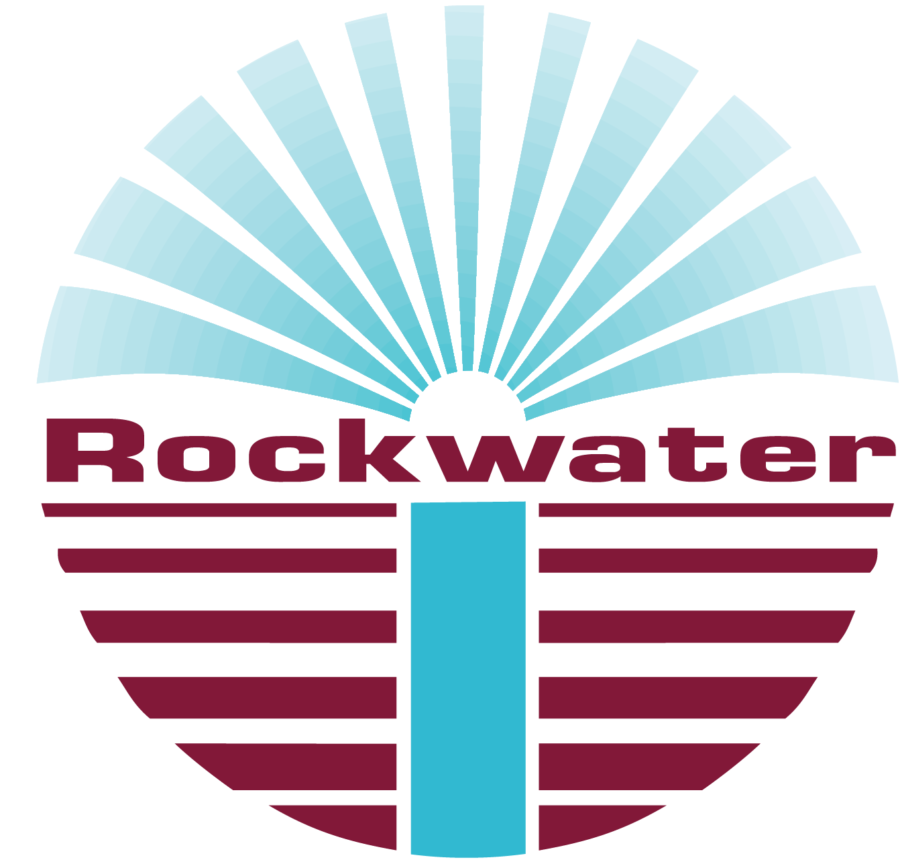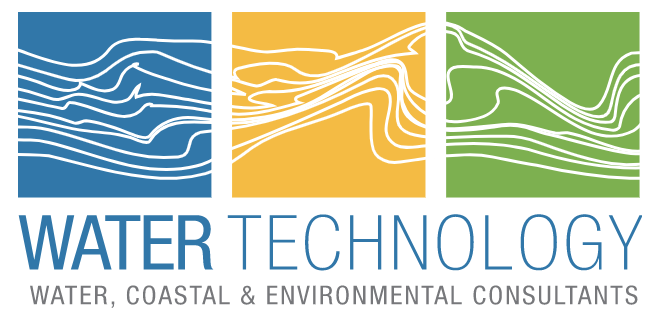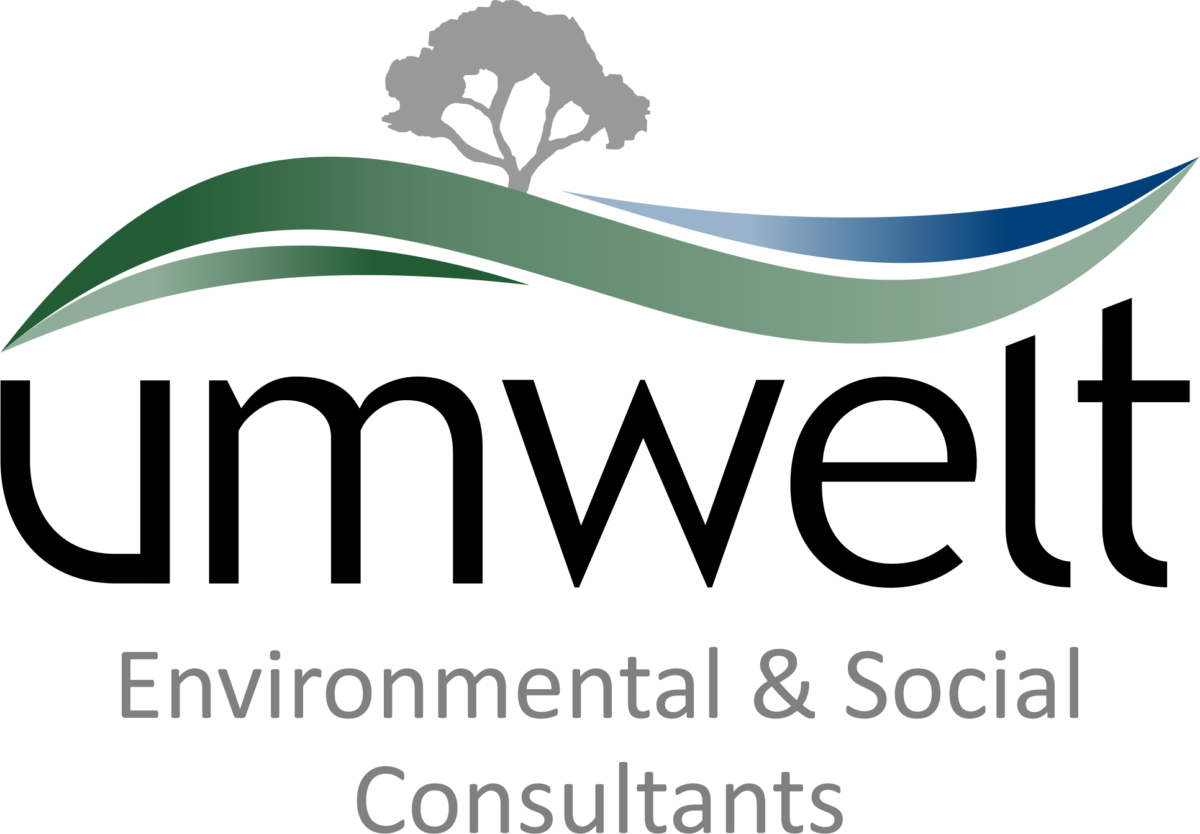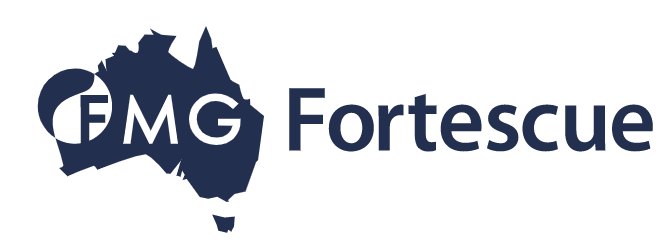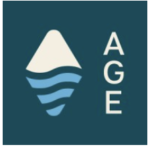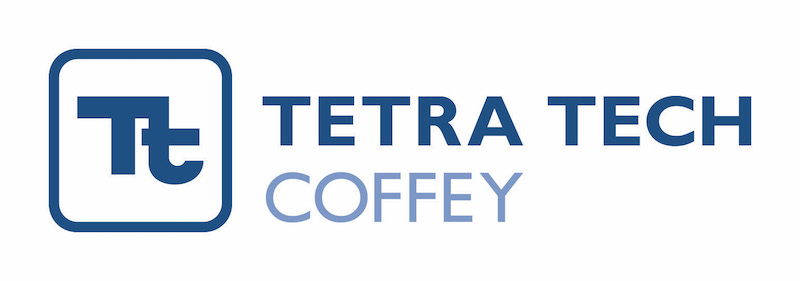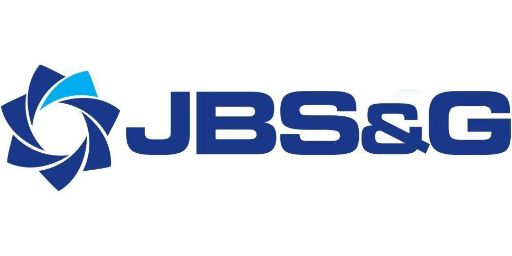A Historical Perspective of Previous and Current Remediation Advances – Does it Deserve the Title of Hydrogeology?
Abstract: Historical Review of Remediation from the 90’s until now – is it real hydrogeology?
This lecture will focus on the evolution of the industry in Australia reflecting on technology using test case examples. It will cover soil, soil vapour and ground gas and groundwater contaminants and remedial solutions and cover the emerging change in regulations from the cavalier days of solution focused clean up, through to the current evolution of prescribed guidelines and risk based solutions which tend to leave contamination in the ground or groundwater.
The lecture will cover the early petroleum remediation techniques for soil and groundwater which dominated the industry from the 1980’s and the Australian market had the benefit of taking on these technologies and develop them in a fraction of the time that they took in the USA. Many of these technologies represent cost effective solutions today
From petroleum, the market advanced the remediation of a more complex group of chemicals with different chemical and physical properties and different migration pathways.
These chemicals emerged and continued to grow in the 1990s until present day and include coal tar and coal gasification plants, chlorinated solvents . The technical remedial solutions will be very dependent on the porosity and fracture permeability. This lecture will focus on not just engineering solutions, but the technology of using oxidation, reduction and biological (halloicocoides and DNA techniques) as well as using the simple chemical and physical properties of the chemicals to enhance remediation.
Metals in groundwater have often been ignored and called background and too hard to develop solutions. This lecture will focus on in-situ solutions including nano iron and calcium polysulfide to reduce metals out of solution and into the soil matrix with worked test cases .
Finally a focus will be on the emerging group of contaminants including 1,4 dioxane, PFAS and microplastics.
The objective of this lecture is to provide a focus on the ability of in-situ solutions to provide benefits and to provide challenging and innovative scientific solutions for hydrogeologists,. The Australian market does not always need a dig up or leave contamination on sites based on risk assessments and cannot afford to kick the can down the road future generations to sort out.
Biography
Rod was one of the lucky Hydrogeologists who were trained by the eminent professionals at Water Resources Commission in NSW. This was the learning ground and practical experience to provide the background to understand the intricacies of hydrogeology.
As a cadet hydrogeologist from 1971, Rod completed his tenure in 1987 after the final two years based in Dubbo NSW attached to the Regional Drilling team focused on assessing the low salinity of the groundwater resources of the inland alluvial systems and providing strategic and local advice on town water supplies and the Great artesian Basin.
In 1987 a Boston based global company approached me to see if I would be interested in founding the Australian operations of their consultancy ,which looked at contamination mainly from hydrocarbon facilities. As a passionate rower, I was starting to get a little tired of the twists and turns of the Macquarie River in Dubbo and thought if I returned to Sydney I may be able to scull in the wonderful straight water in Sydney’s Iron Cove. He asked Bill Morton from Australian Groundwater Consultants for his advice – he assured me that there was unlikely to be a good market for this. Probably one of the few errors Bill had made in his illustrious career. Rod never got back in to that sculling boat.
So that began his journey into the fascinating world of contaminated sites. He has completed projects in most parts of the world throughout Asia, Middle East, Africa, USA and Europe and has been blessed to have colleagues just as impressive as his early mentors back in 1970’s.
His biography is not one of academic achievement but of developing staff and companies through the development of the contaminated sites industry and in particular in-situ remediation of contaminated sites. He was the first to be fully focused on contaminated sites from May 1987 as MD of Groundwater Technology, Director and Senior partner at ERM and growing companies which were acquired by WSP and Arcadis. His passion is clean water so even though I have carved my career in contaminated sites, I still actively consult and have town water supply and mining projects which are more aligned to my beginnings in this industry.



